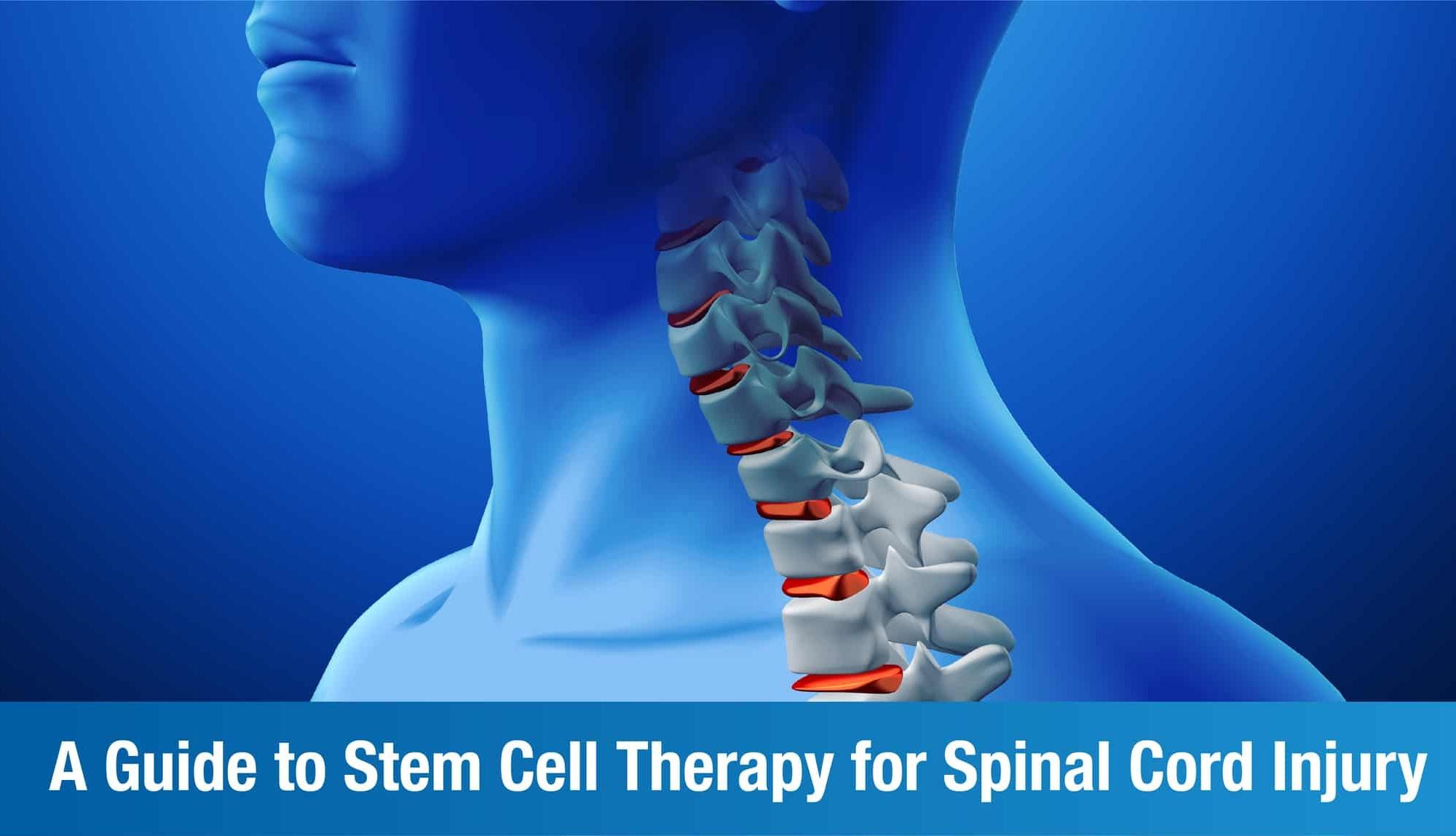
Cell Therapy for a Spinal Cord Injury: All You Need to Know
Incurring a spinal cord injury has serious, long-term socio-economic consequences in addition to the medical effects on the patient. At present, making a full recovery from a spinal cord injury is rare, although people do regain some degree of mobility and functionality with the right treatment, depending on the severity of the injury. Recent experiments and clinical trials have demonstrated the efficacy of Cell therapy in treating spinal cord injury. If you or someone around you is looking for more than just therapeutic treatment, here’s a quick guide to what you need to know before getting Cell therapy for a spinal cord injury in Bangalore.
Understanding spinal cord injury
A spinal cord injury (SCI) is the mutilation of the spinal cord that causes reversible or irreversible changes in its function. Symptoms may include loss of muscle function, sensation, or autonomic function in parts of the body supplied by the spinal cord below the level of the injury. Most cases of spinal cord injury occur due to preventable causes, like road accidents, domestic violence, or sports injuries. Treatment for spinal cord injury typically involves a regenerative rehabilitation program comprising Cell therapy, Cell nutritive therapy, and various medications. The rehabilitation program can consist of physiotherapy, occupational therapy, speech therapy, acupuncture, therapeutic massages, and similar procedures, as determined by the medical team.
The long-term effects of spinal cord injury
Patients who suffer spinal cord injury are typically unable to recover the degree of functionality they had before the injury. They are either paralysed or highly limited in their range of movement, in their upper or lower extremities or both. In addition, spinal cord injury leads to several secondary conditions like deep vein thrombosis, chronic pain, urinary tract infection, respiratory problems, and more, for which the patient needs continuous care. There is also the socio-economic aspect to spinal cord injury, as patients require costly long-term medication and care that can be a burden on their families and also limit their options in terms of education or careers.
How Cell therapy can treat spinal cord injury
Experiments with Cell therapy have yielded promising results for the treatment of a spinal cord injury. Cells are self-renewing, and possess the unique ability to ‘become’ any cell in an organism. Through suitable application, Cells can be turned into neurons to replace the ones lost in a spinal cord injury, thereby restoring neural function to a point where the patient recovers enough mobility and function to live a more independent life.
Cell therapy can make use of either embryonic or adult Cells. Embryonic Cells tend to be a preferred option, as they can develop into over 200 different human cell types while retaining full functionality. However, there is a risk of the patient’s body rejecting embryonic Cells, which necessitates the long-term use of immunosuppressive medication. Another risk with embryonic Cells is that they could end up proliferating uncontrollably, leading to the formation of teratomas that could potentially be malignant. For this reason, many Cell therapy clinics prefer adult Cells that do not require any modifications or pre-treatments before application, despite the fact that they do not proliferate as rapidly as embryonic Cells.
There are certain practical considerations to take into account when employing Cell therapy for a spinal cord injury. These relate to how the Cells will be obtained, whether they need to be differentiated before transporting them, how the functional integration of the Cells can be improved, and how uncontrolled cell division can be prevented. In addition, many doctors and patients are concerned about the ethical ramifications of using Cells, such as genetic manipulation, therapeutic cloning, and at what stage an embryo is deemed as having a life of its own.
In conclusion, Cell therapy can potentially cure much of the immobility and paralysis that comes with a spinal cord injury, thereby giving the patient a shot at a more fulfilling life. As long as you are aware of how the procedure goes and what the risks are, you will undoubtedly benefit from Cell therapy for a spinal cord injury in Bangalore.










